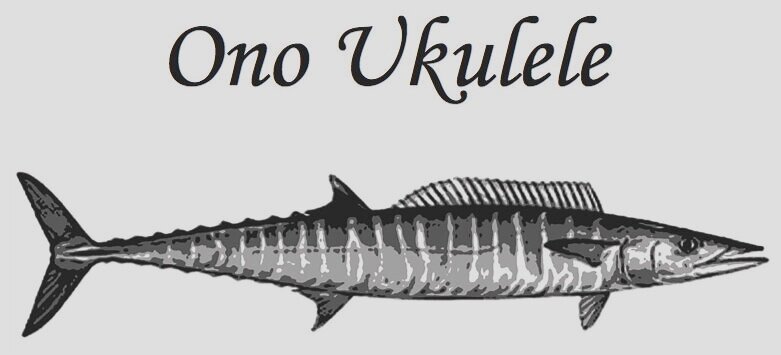The linings that are installed along the edges of the sides have two important functions. First, they widen, and therefore strengthen, the glue joint between the sides and the top and bottom plates. Second, they increase the thickness of the side at the corner so that binding and purfling can be added. Wide, multi-layer purfling can be done only where wide, kerfed linings are used inside the box. Kerfed linings are very flexible and easy to install. I use solid linings that are much thinner but have to be bent to match the sides. This is often a two step process of first bending the linings over a form in the same way as the sides are bent and then perfecting the shape by hand on the hot pipe. Also, solid linings are more demanding and time-consuming to install even when properly bent. For visuals, take a look at the prior post on the 16" concert. The point of this technique is to maximize the surface area of the top that is free to vibrate and results in a top that has a vibrating area nearly 1/3" wider across the box. A ukulele top doesn't have much surface area. In comparison to a guitar, the proportion of the top that is taken up by wide, kerfed linings is much greater. Does this make a difference in the tone of the instrument? Like so much in lutherie, it isn't possible to say for sure but one of the important goals of this craft is to improve our instruments in small increments. It has been said by others that there is no single thing that can be done to improve an already good instrument by 10% but perhaps we can do five things that each contribute 2%.
